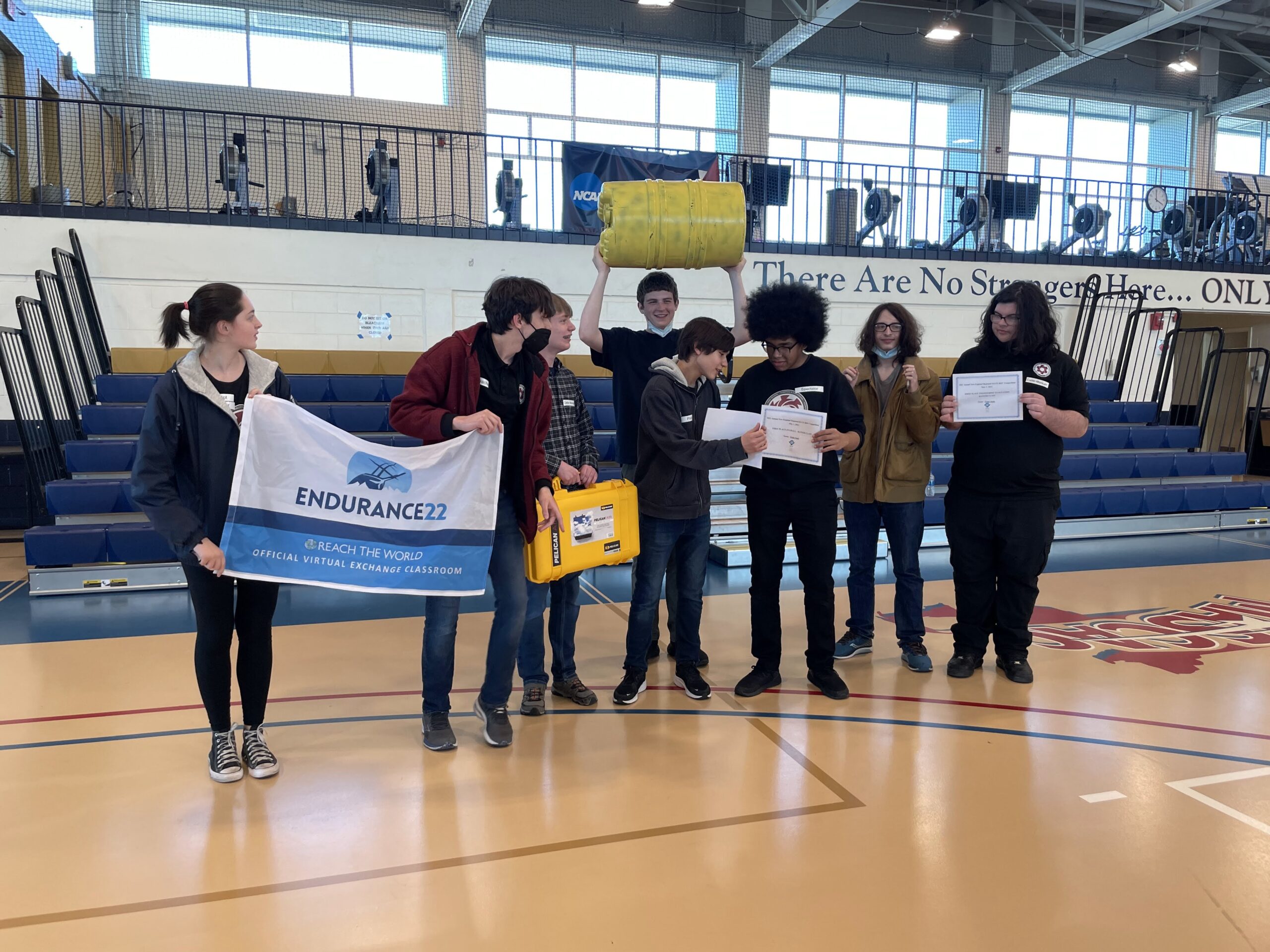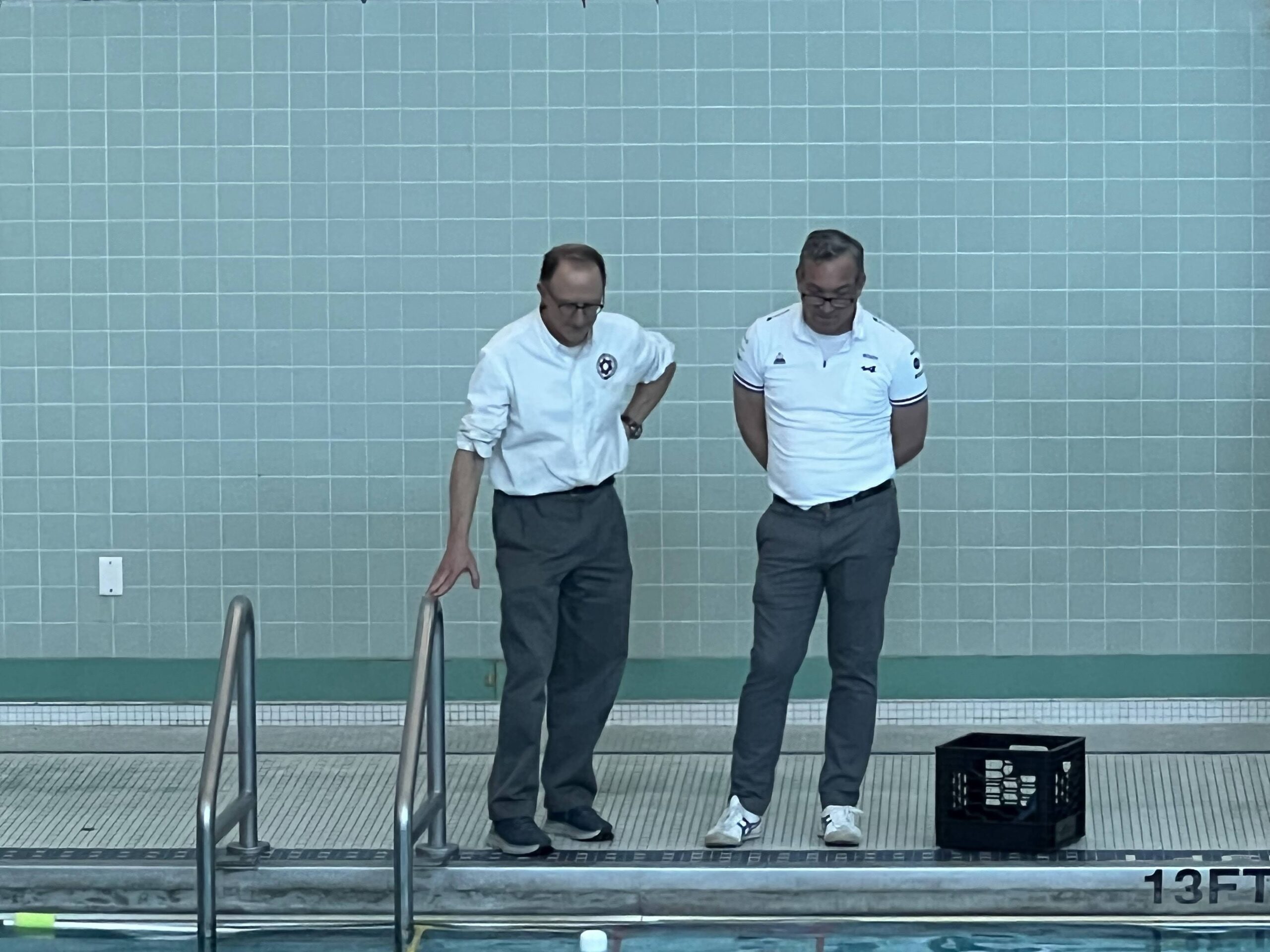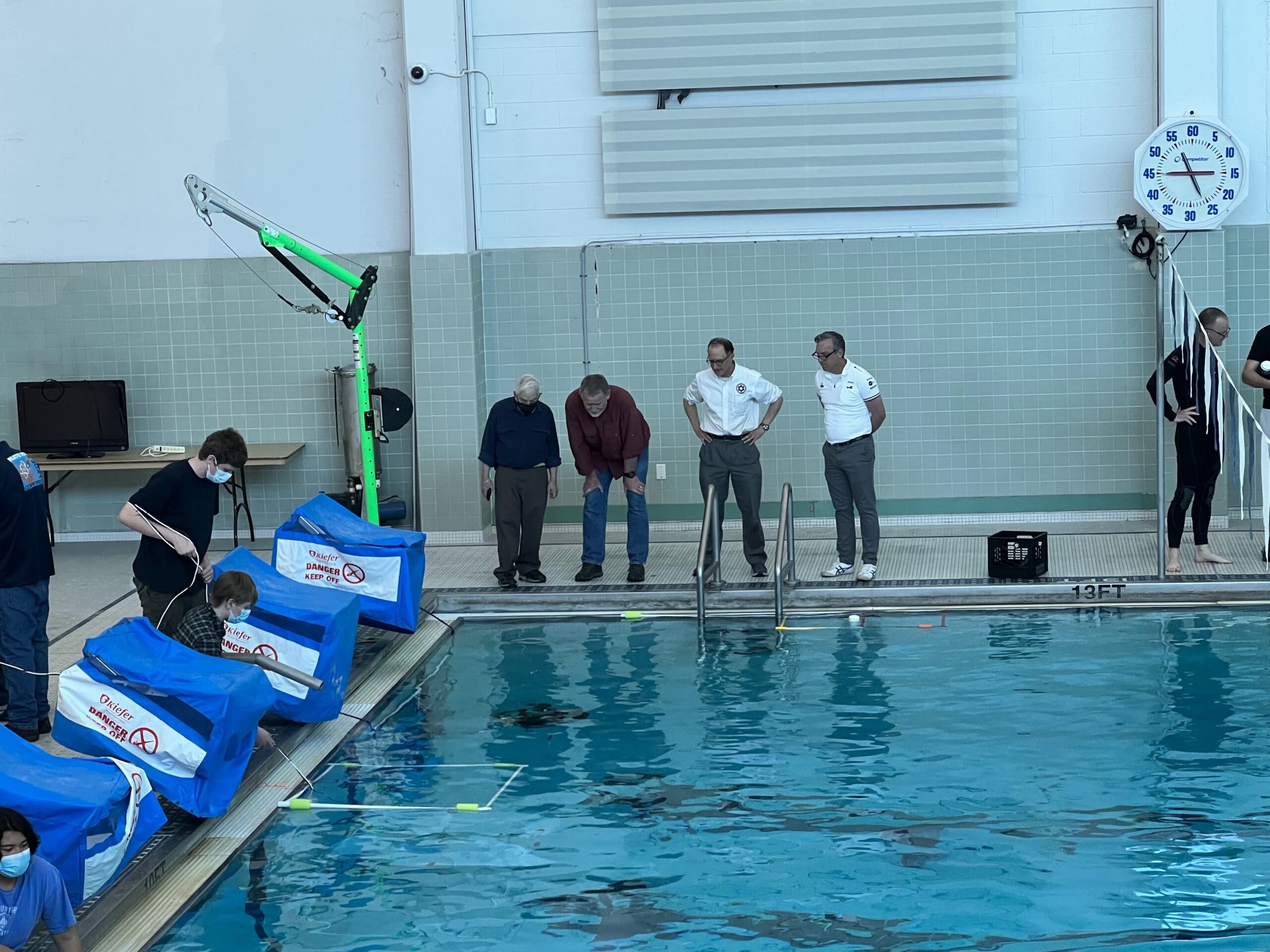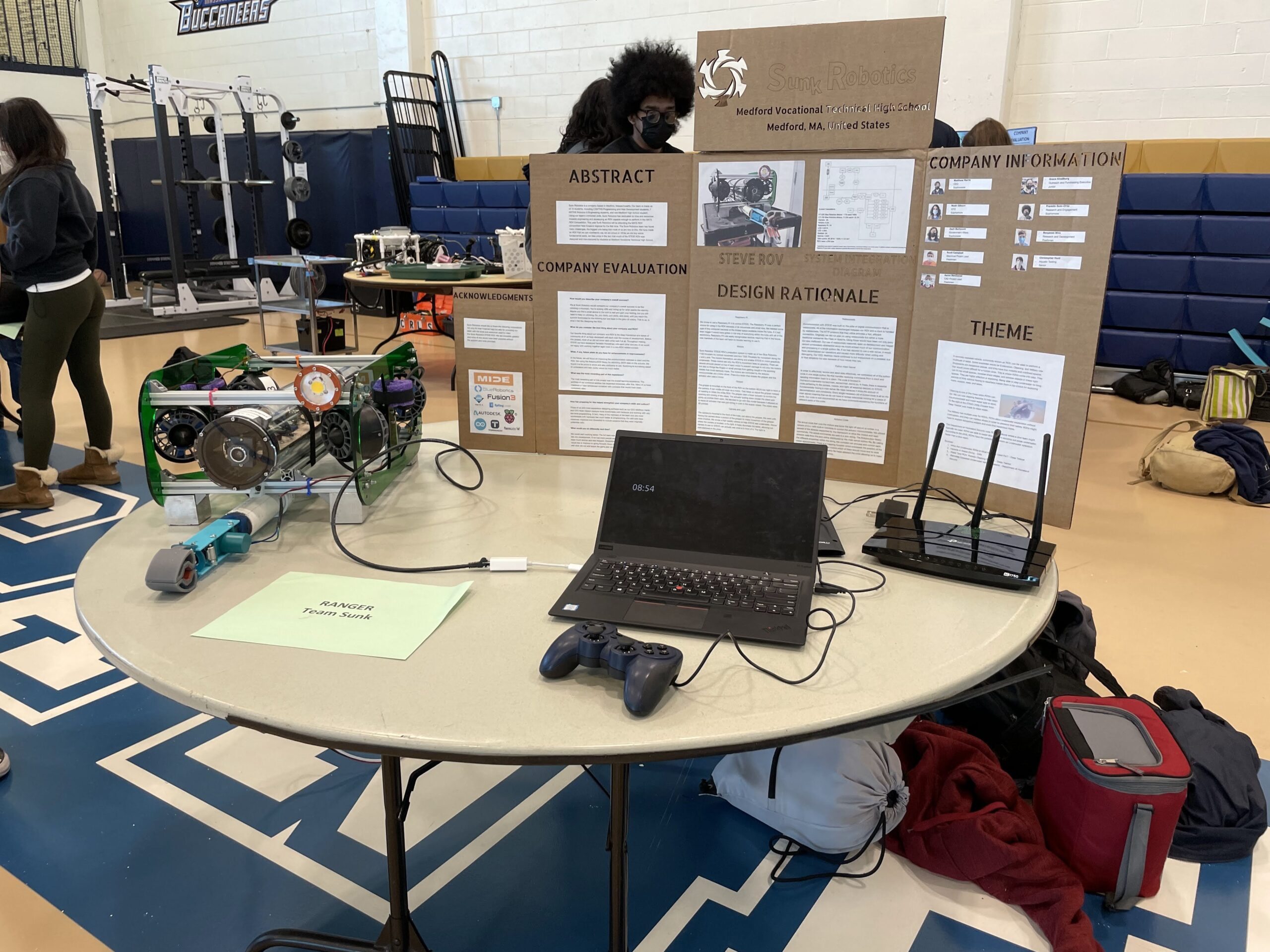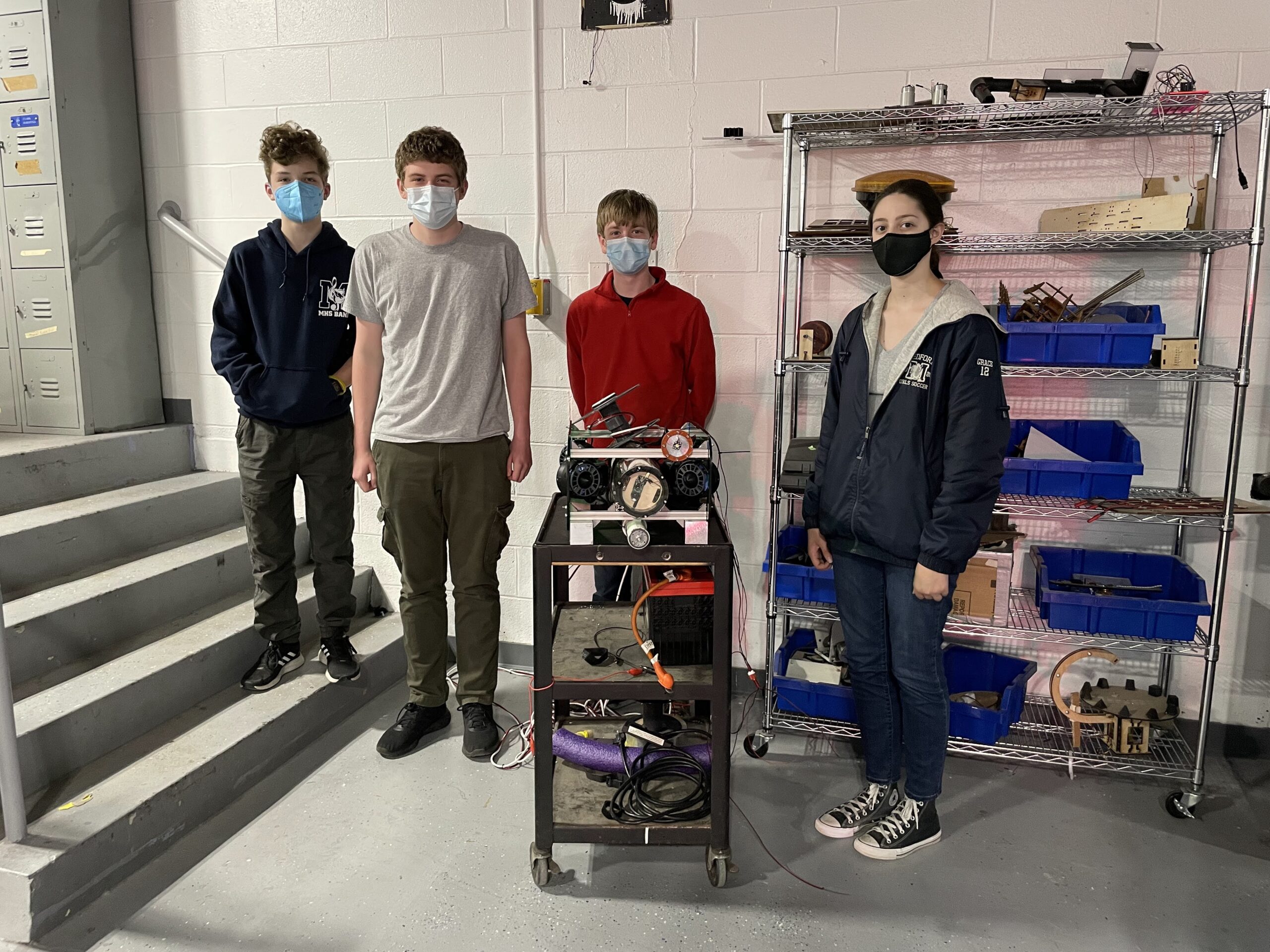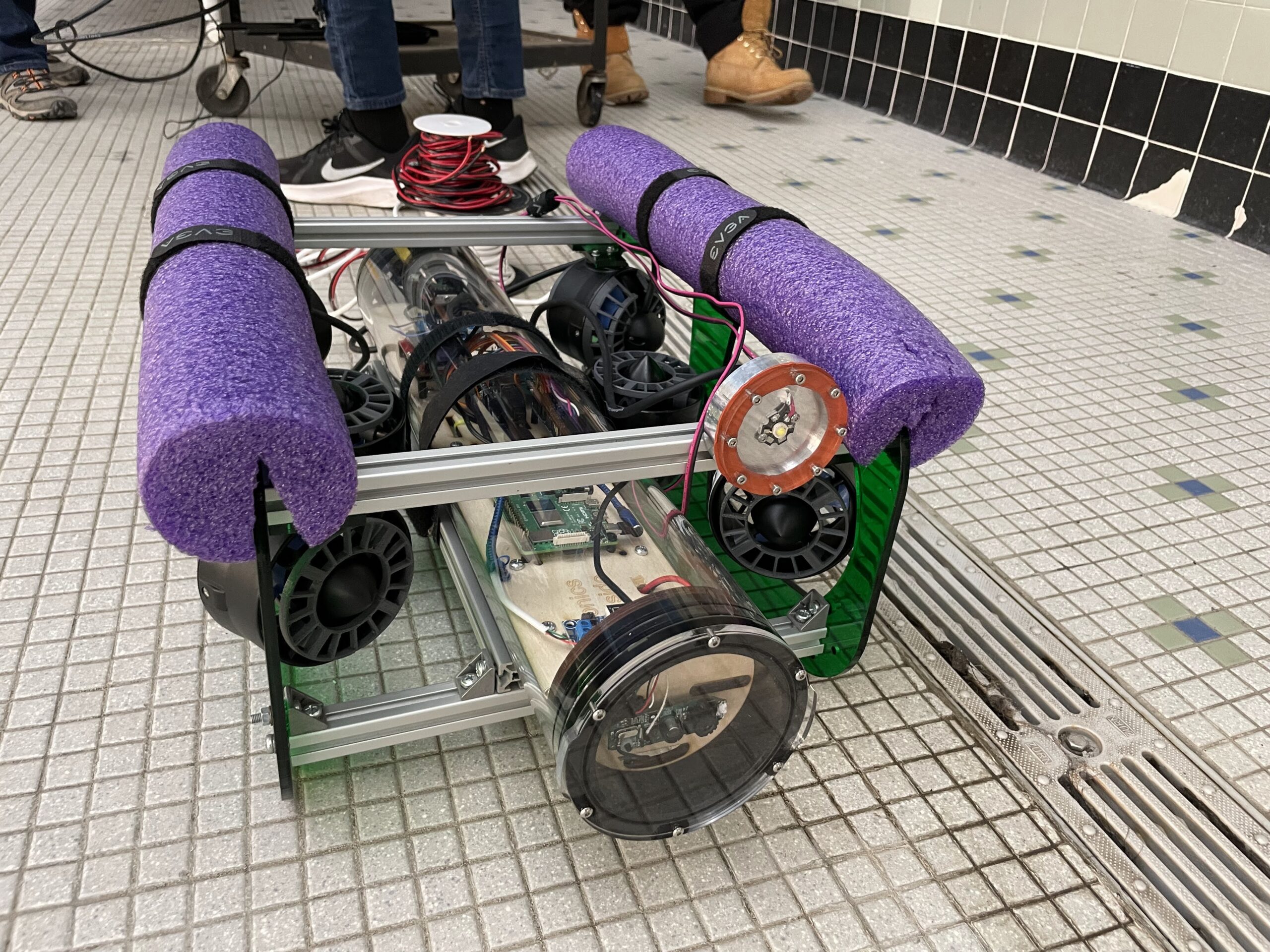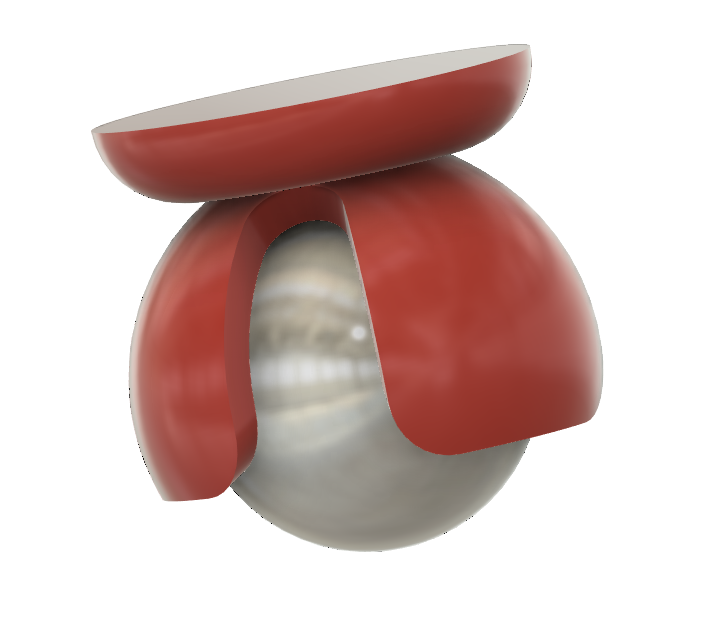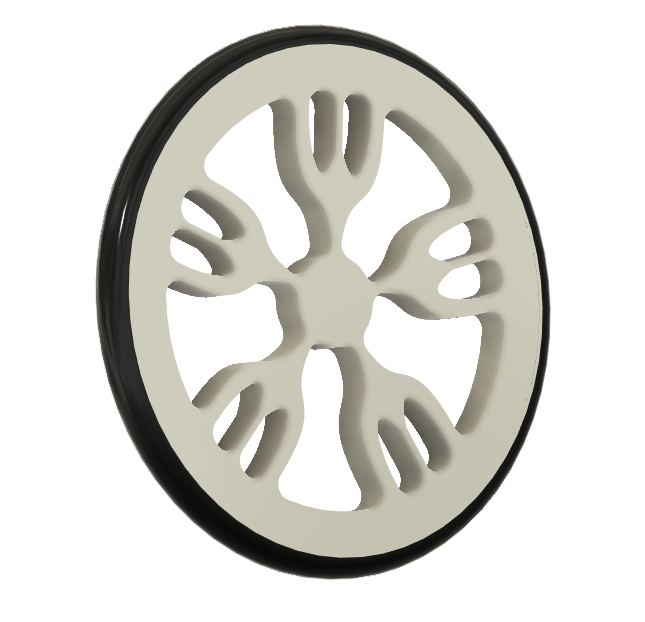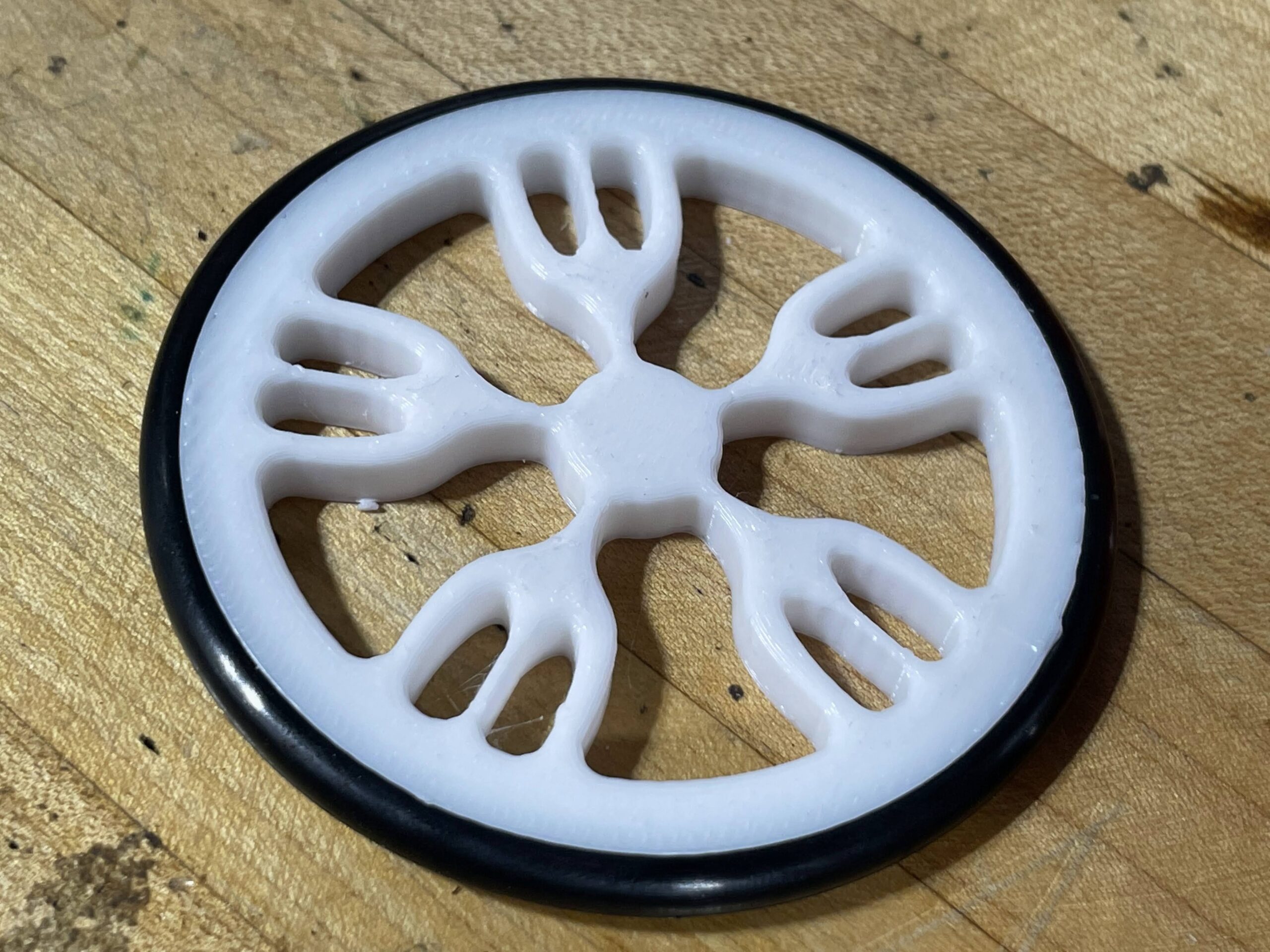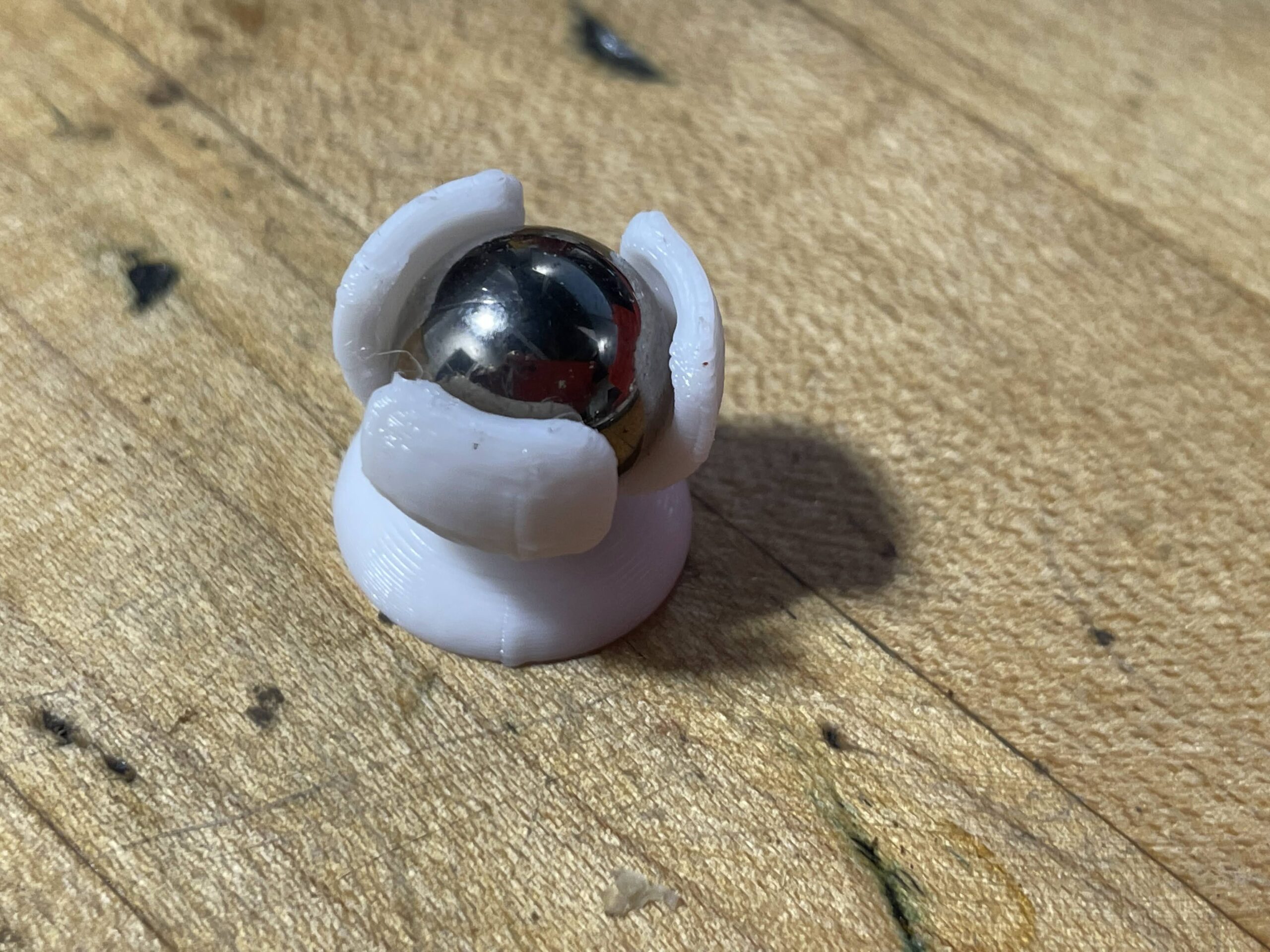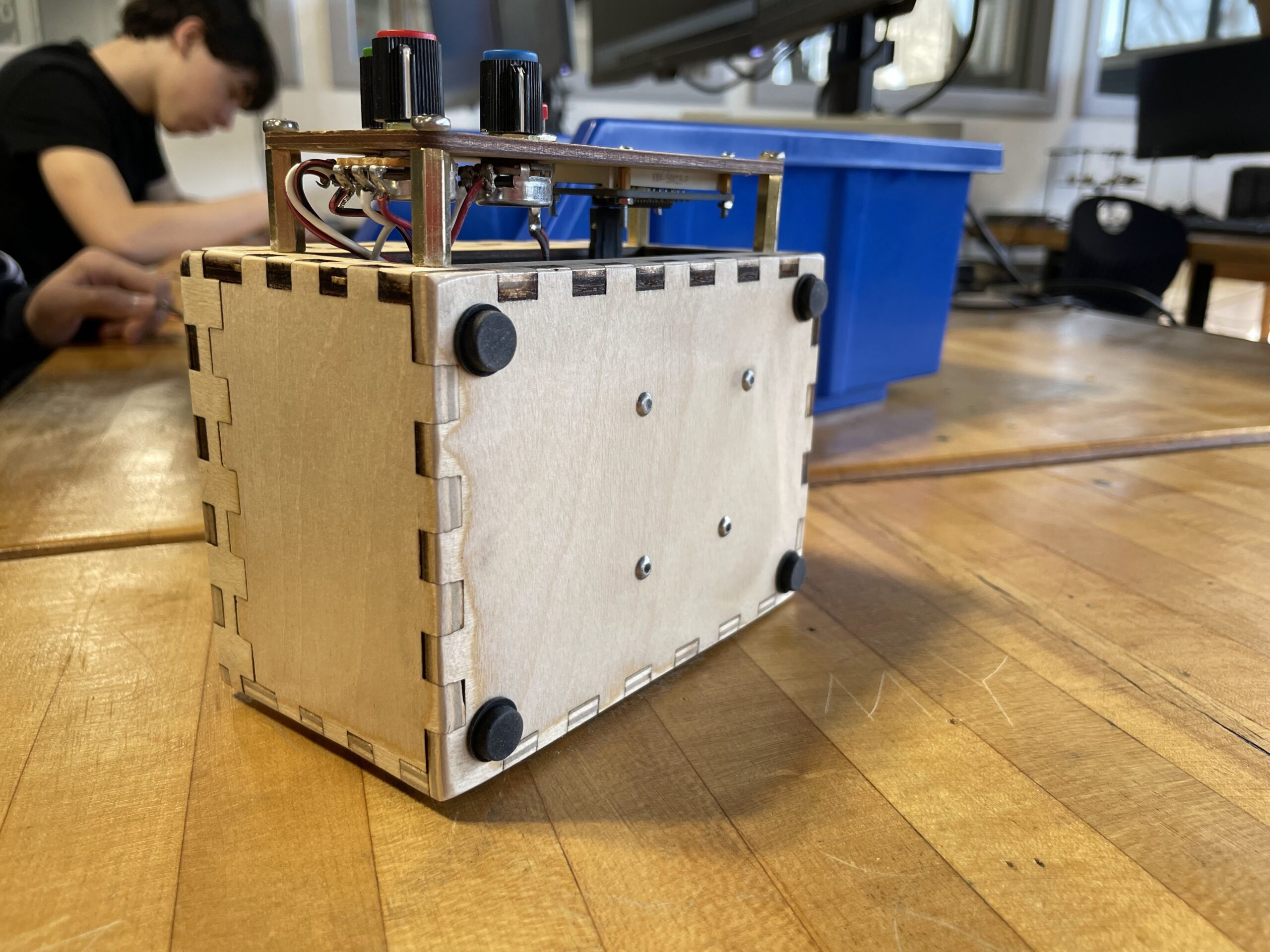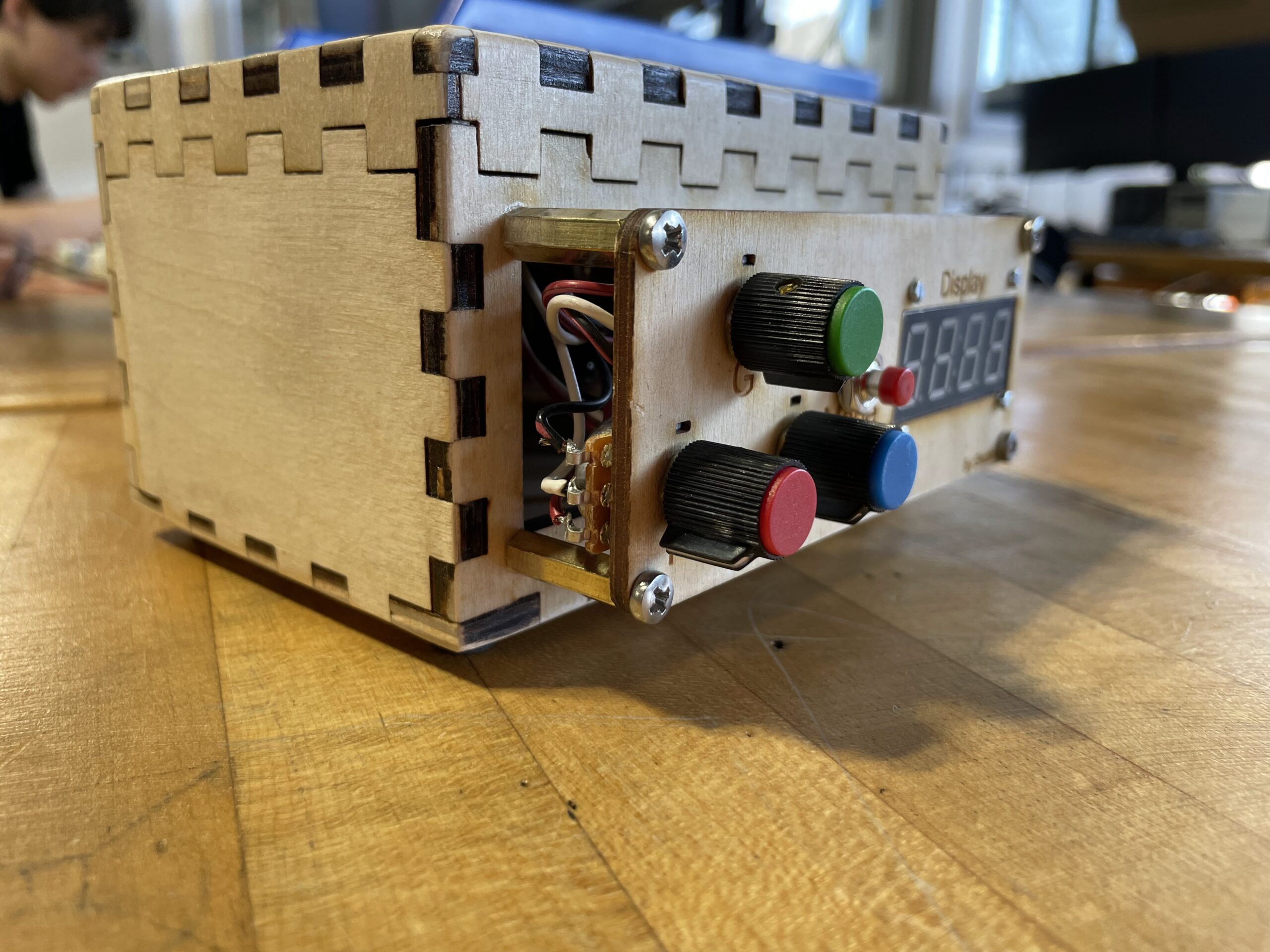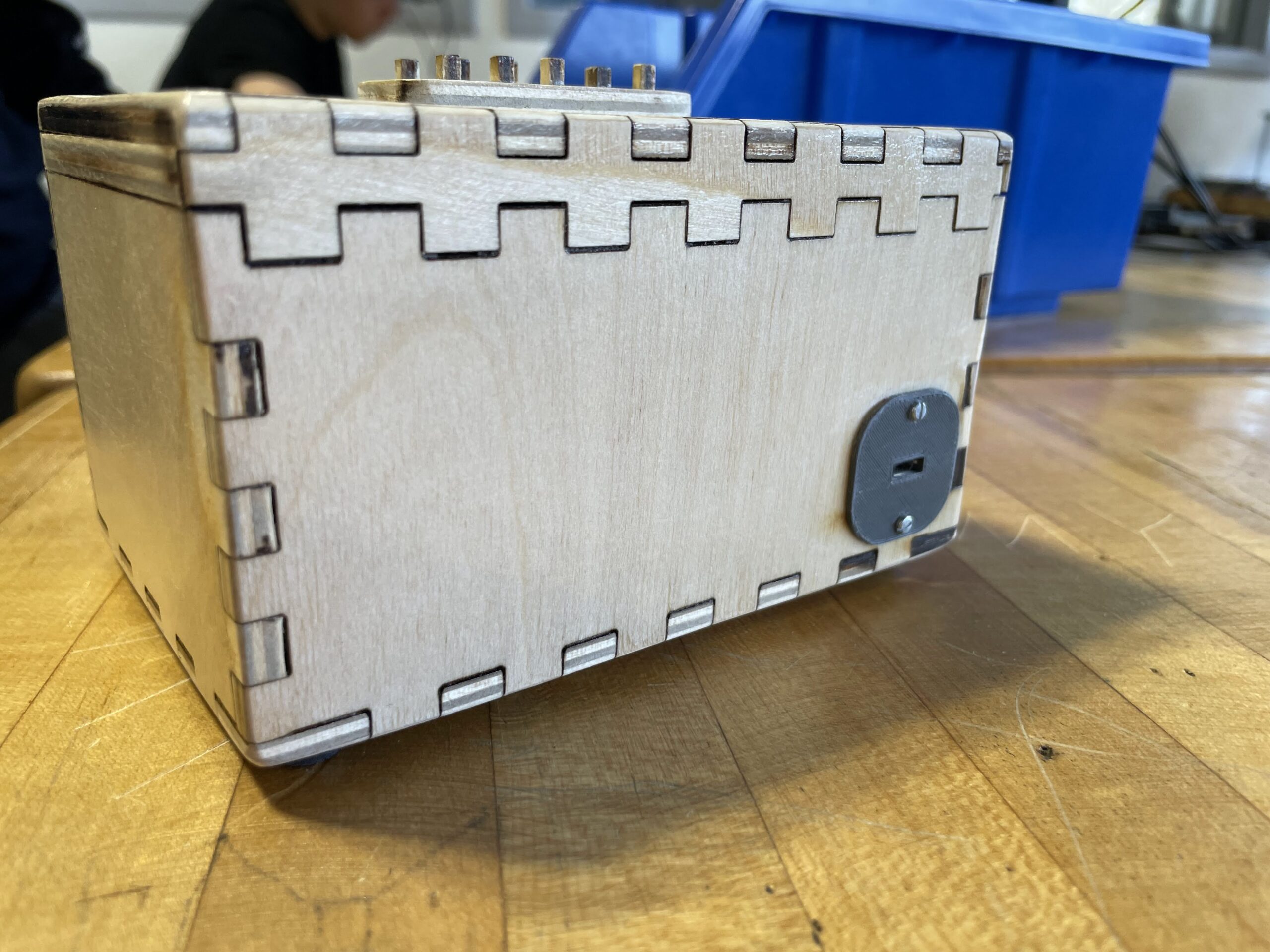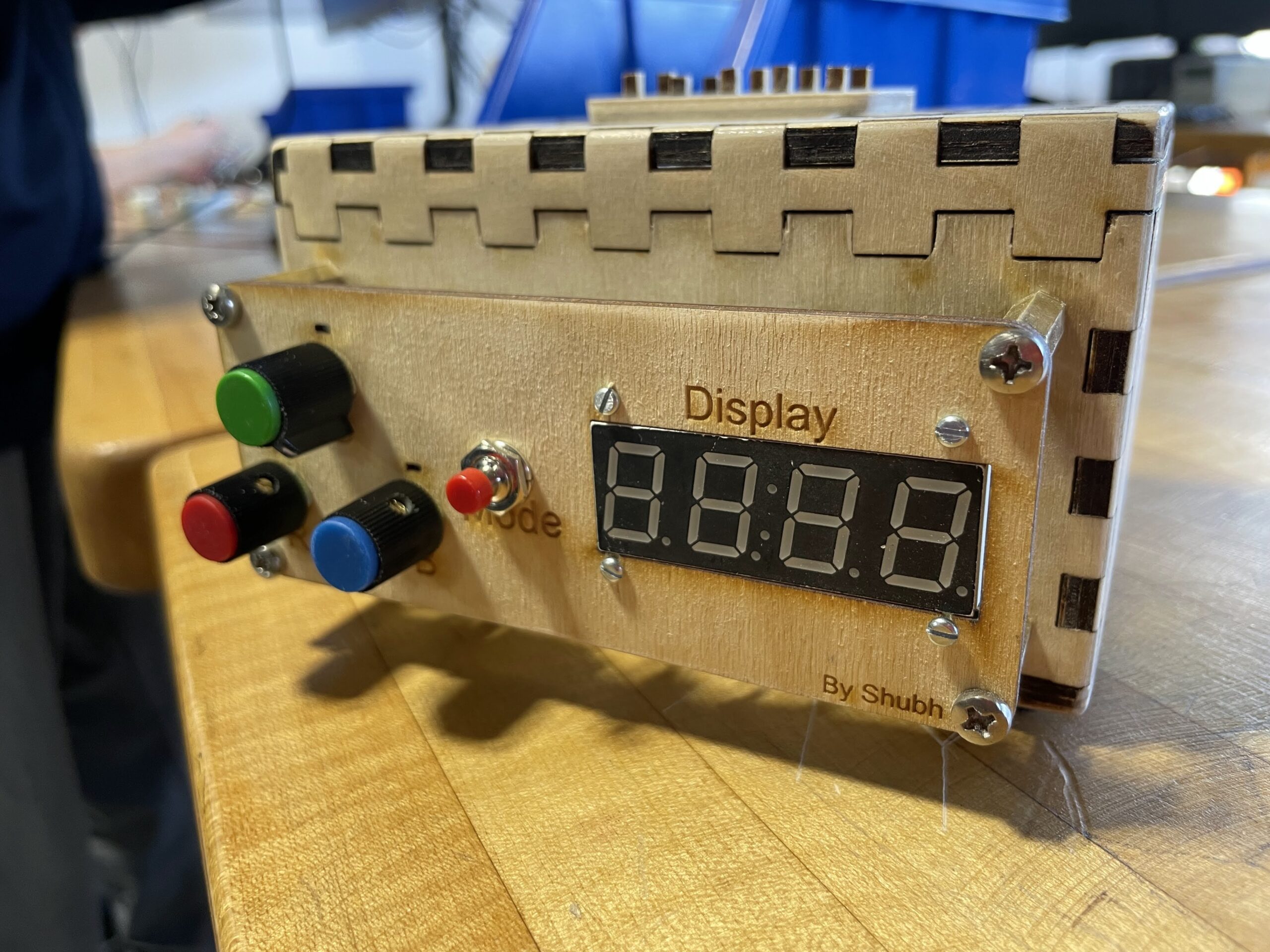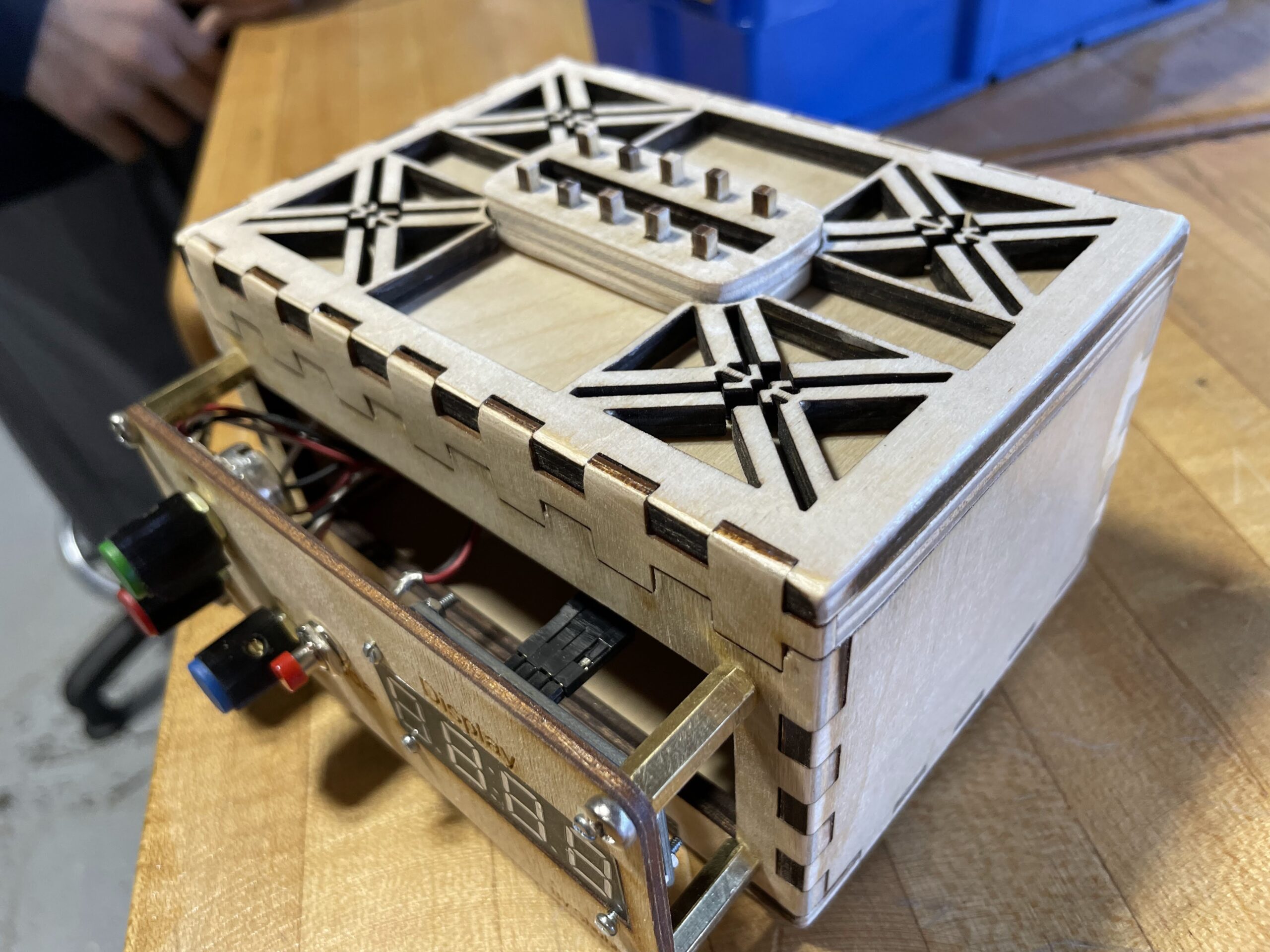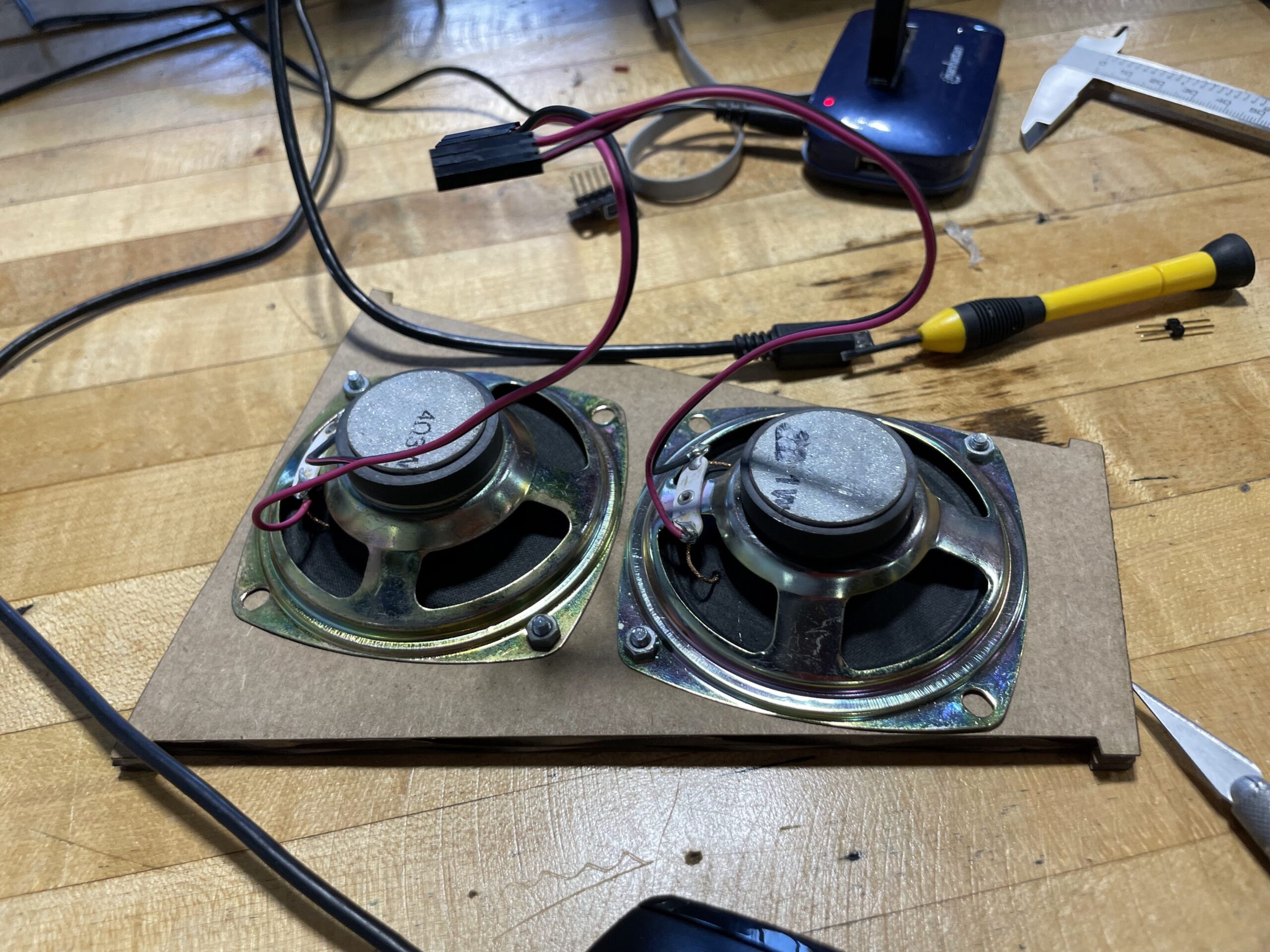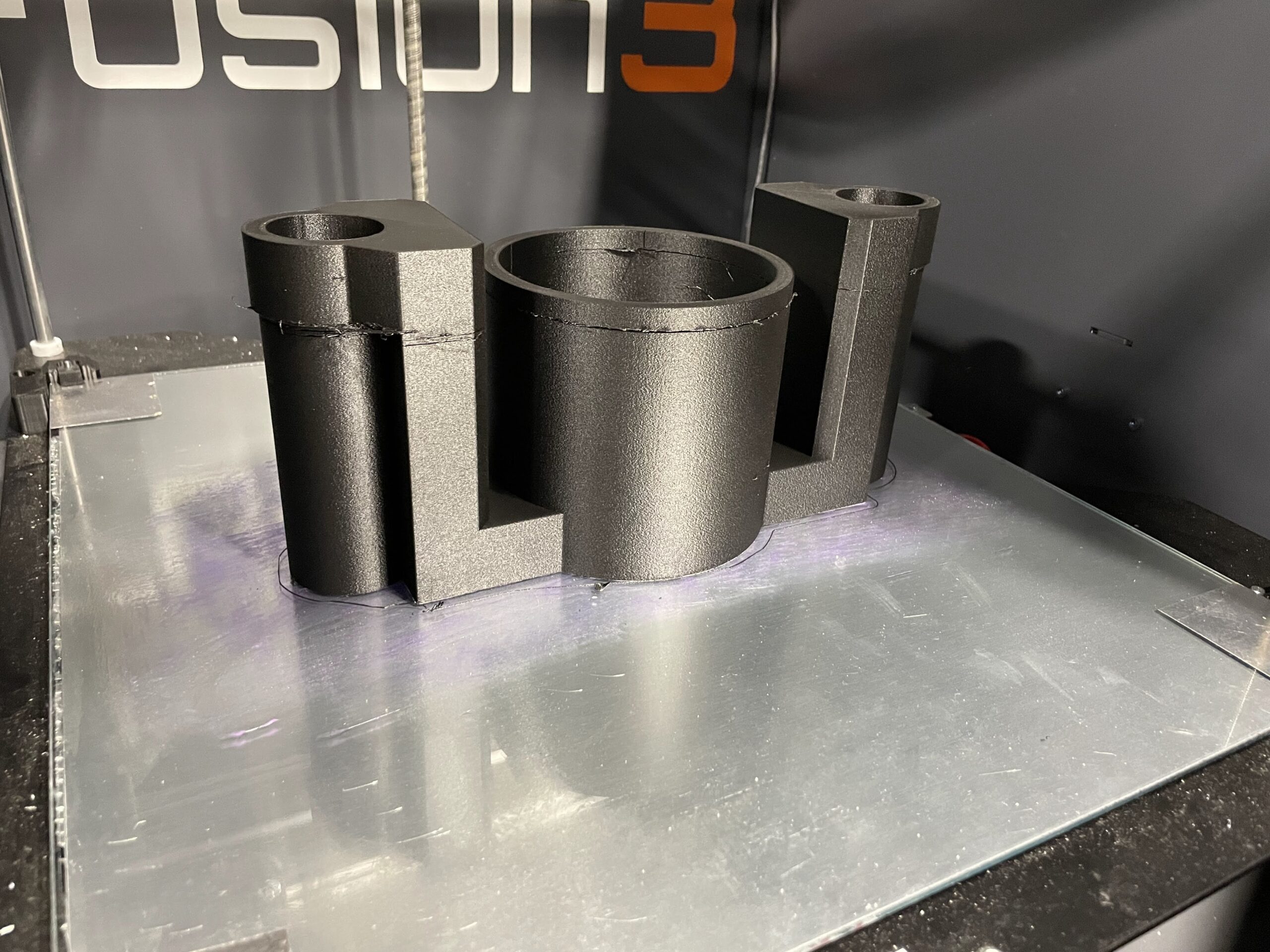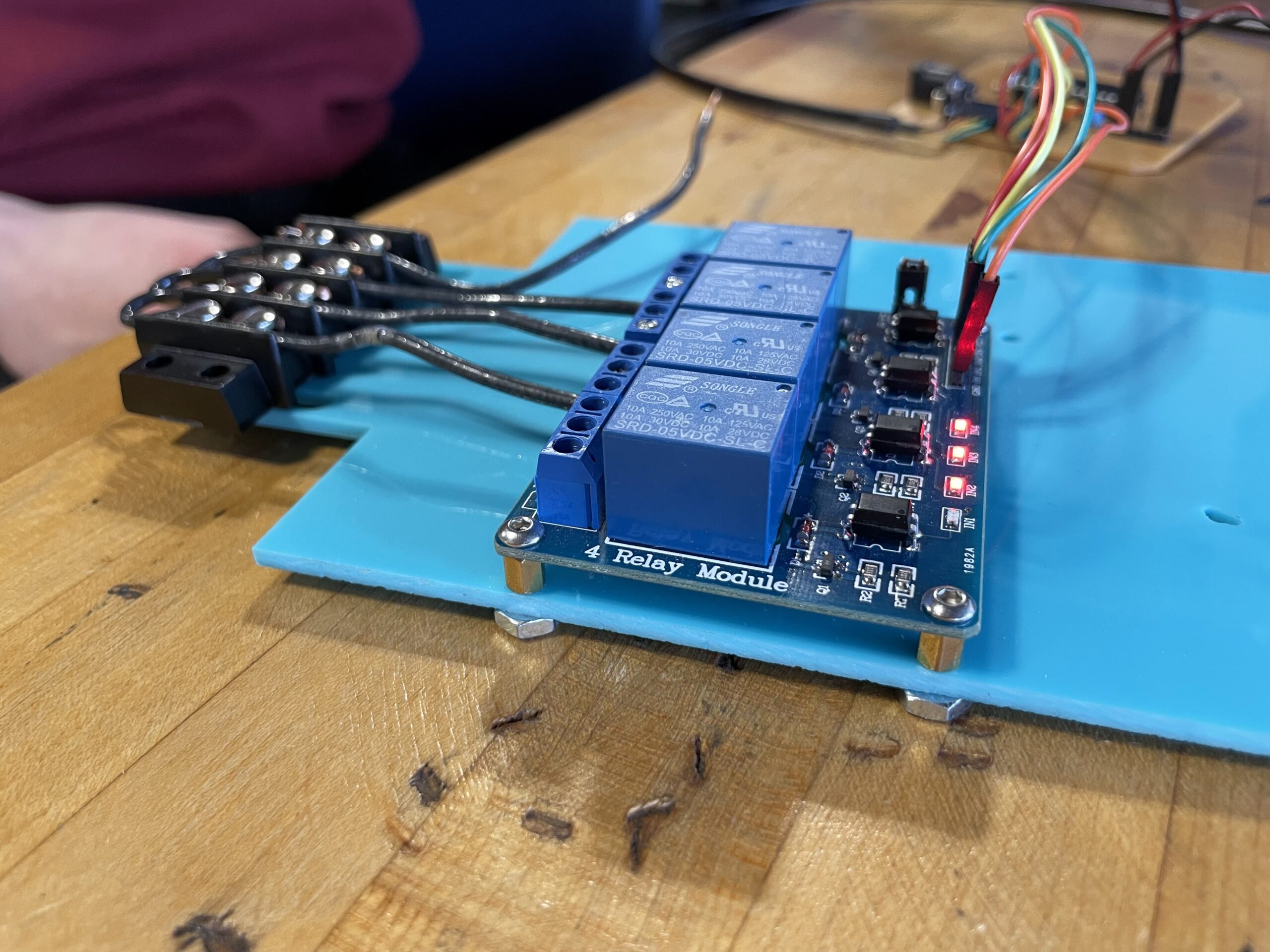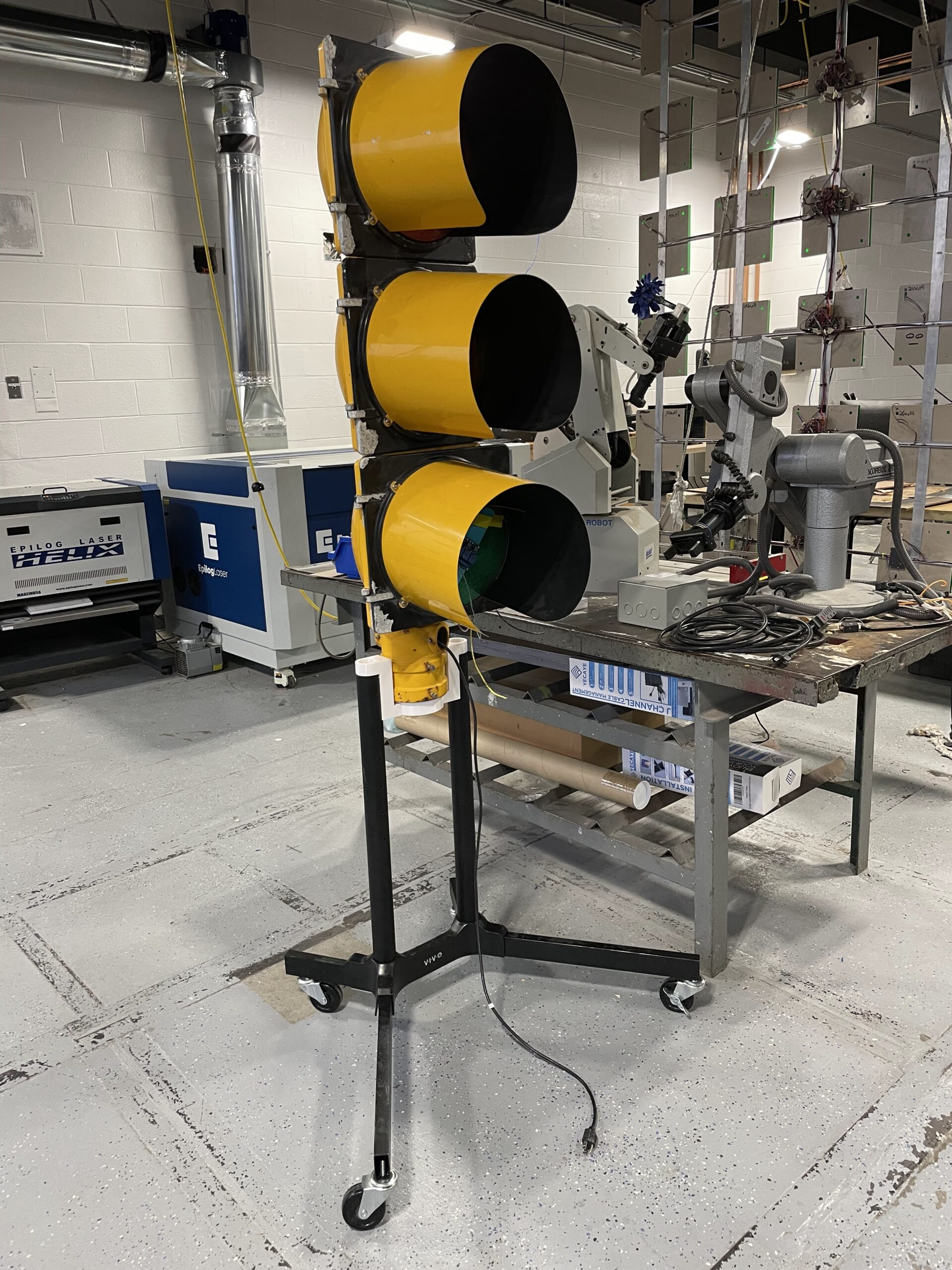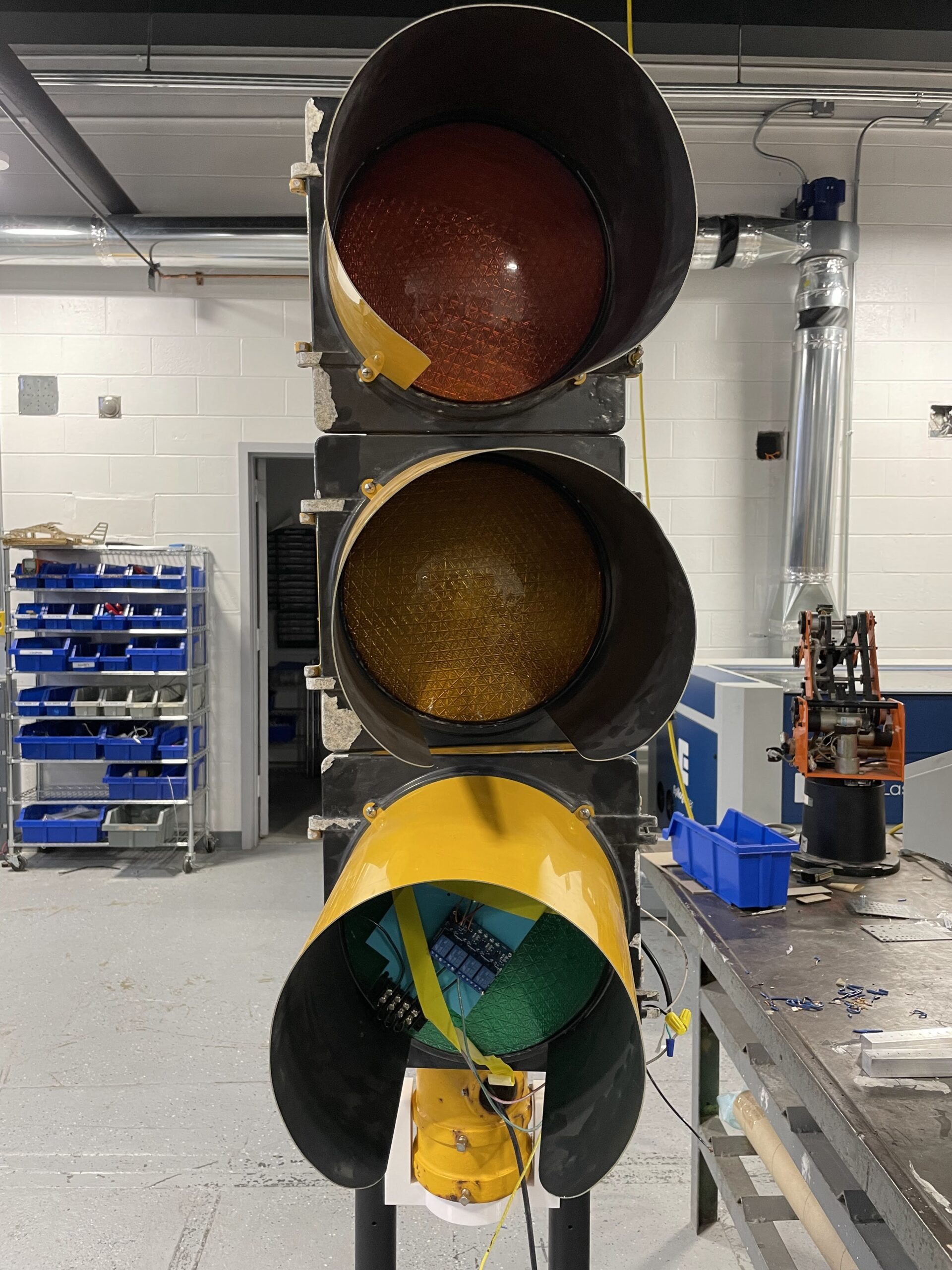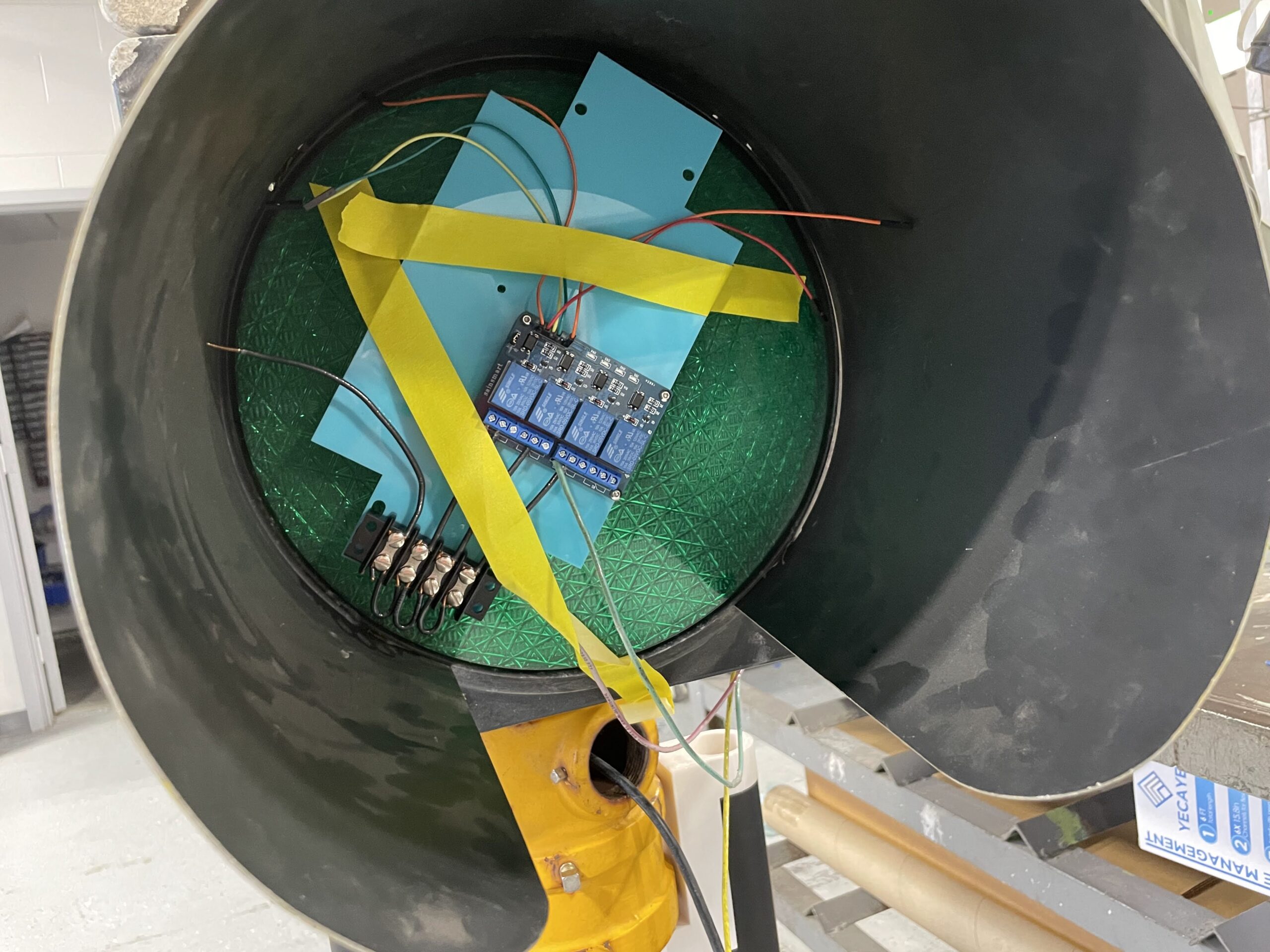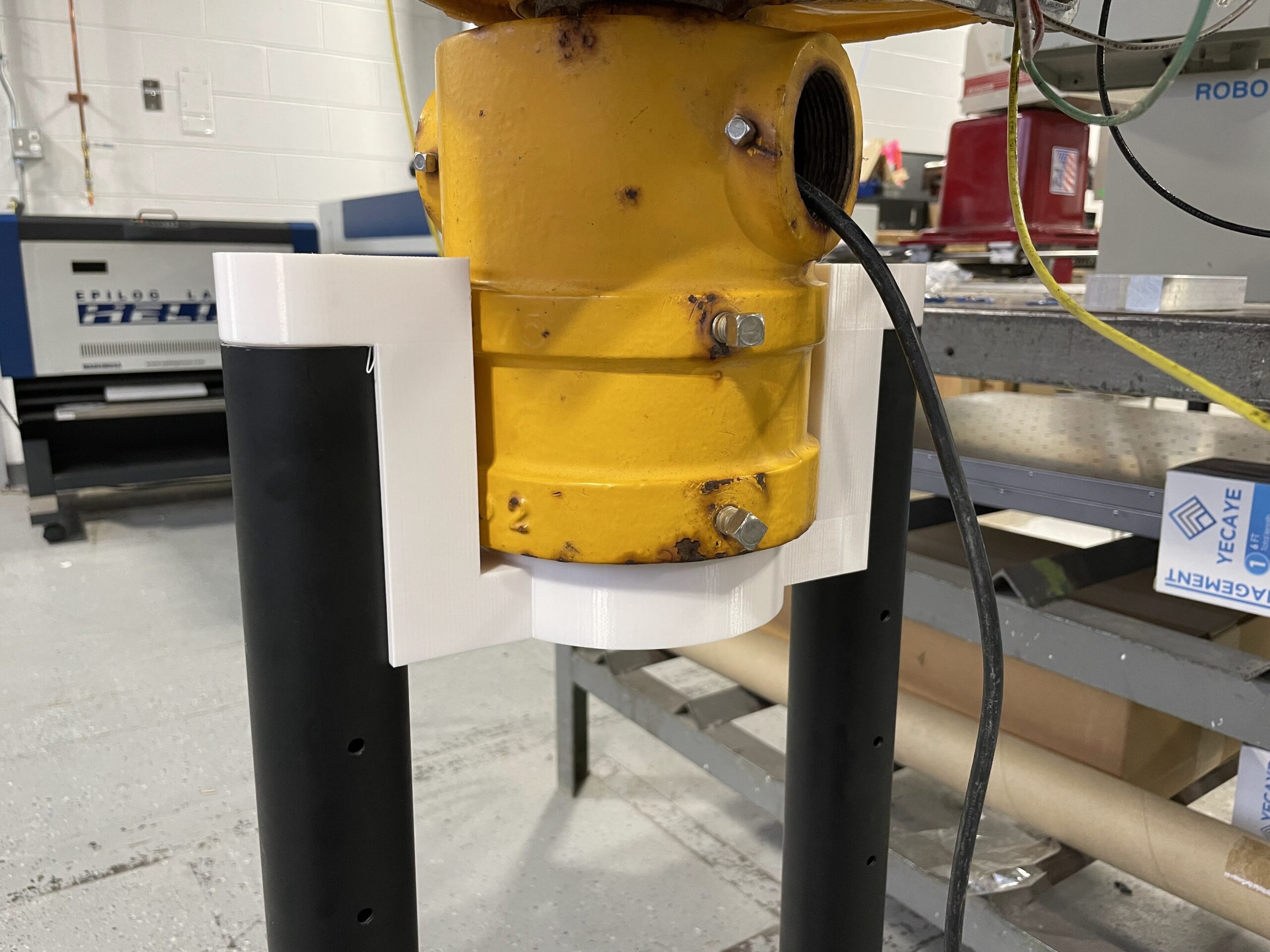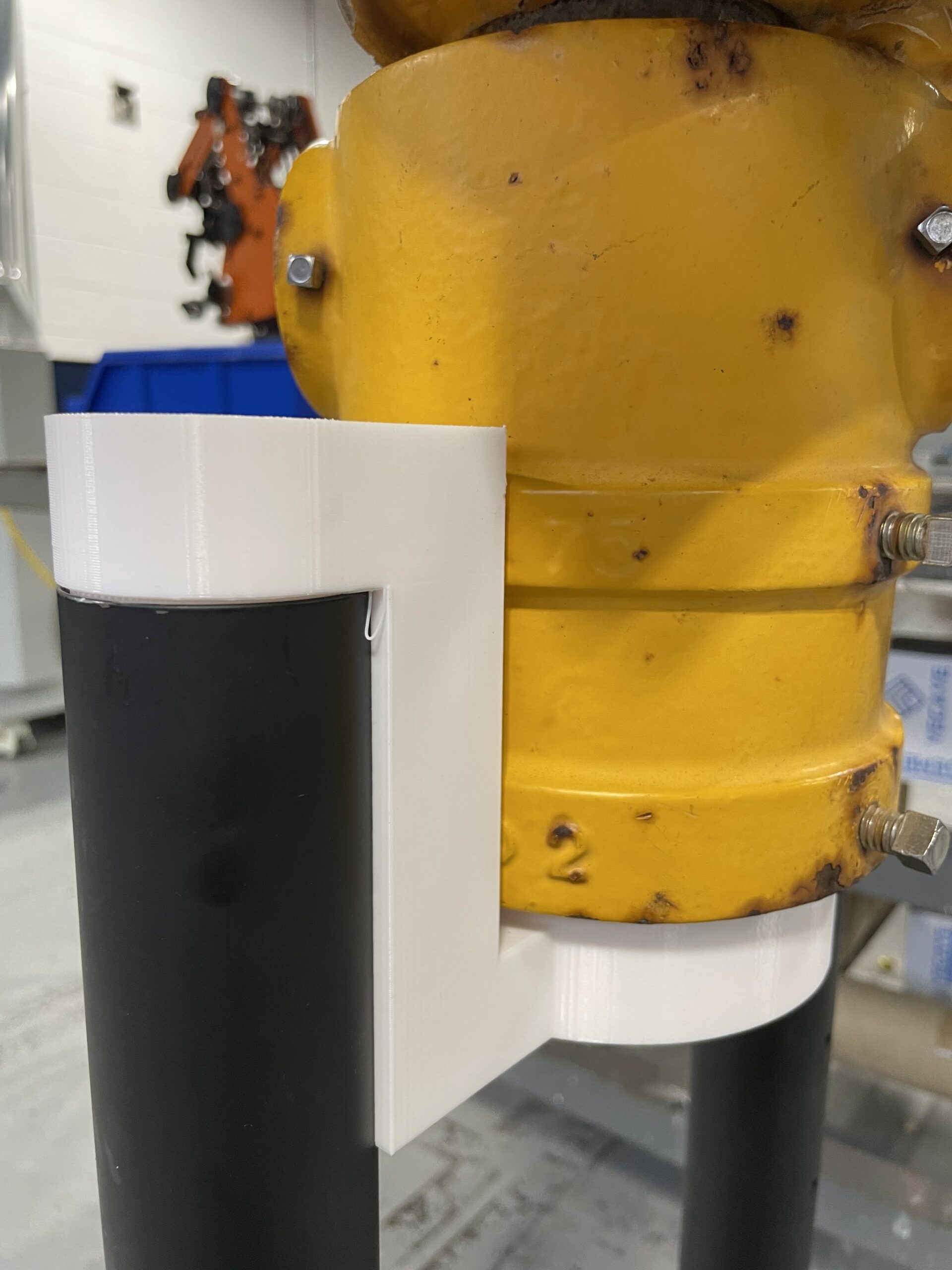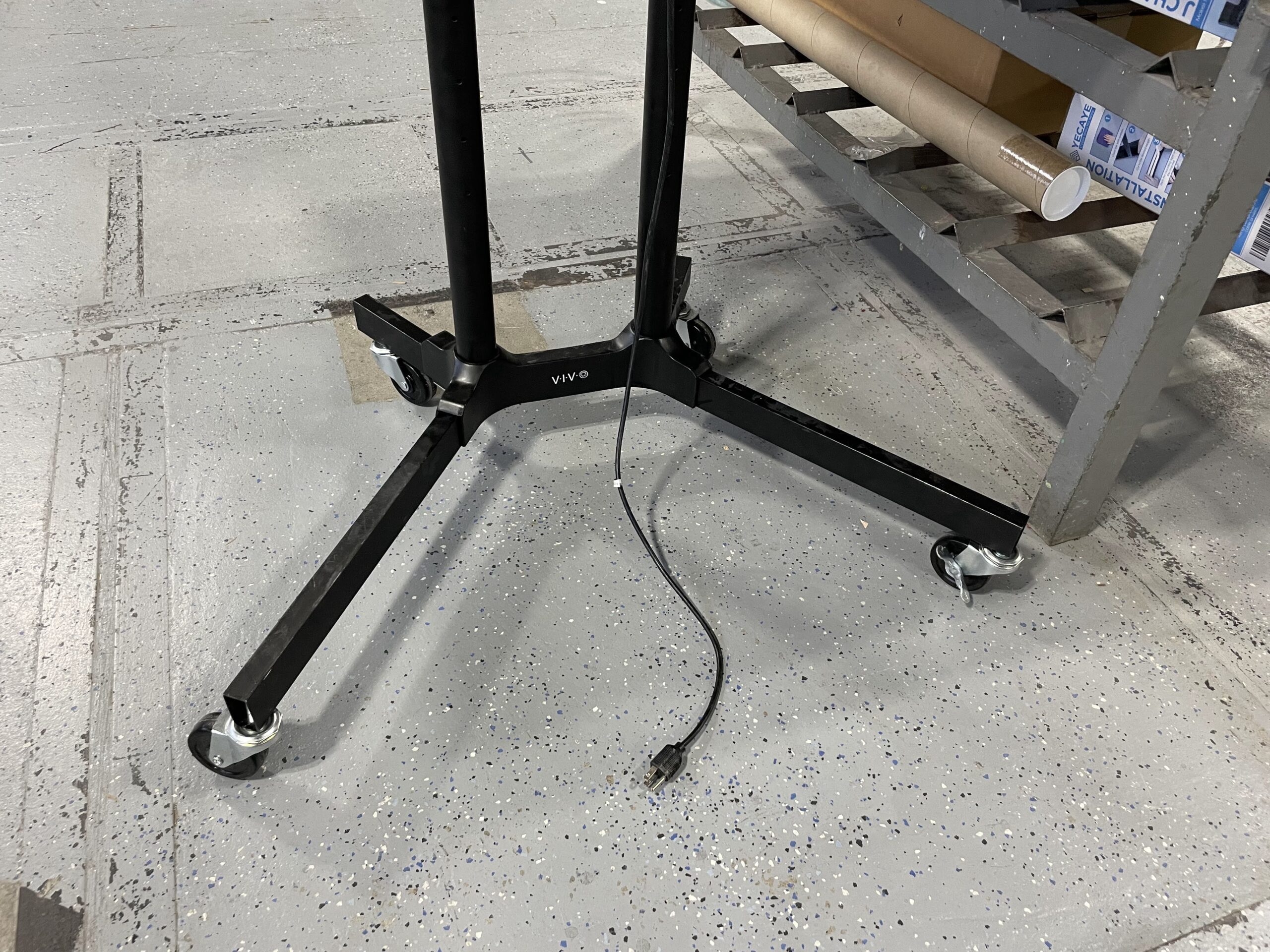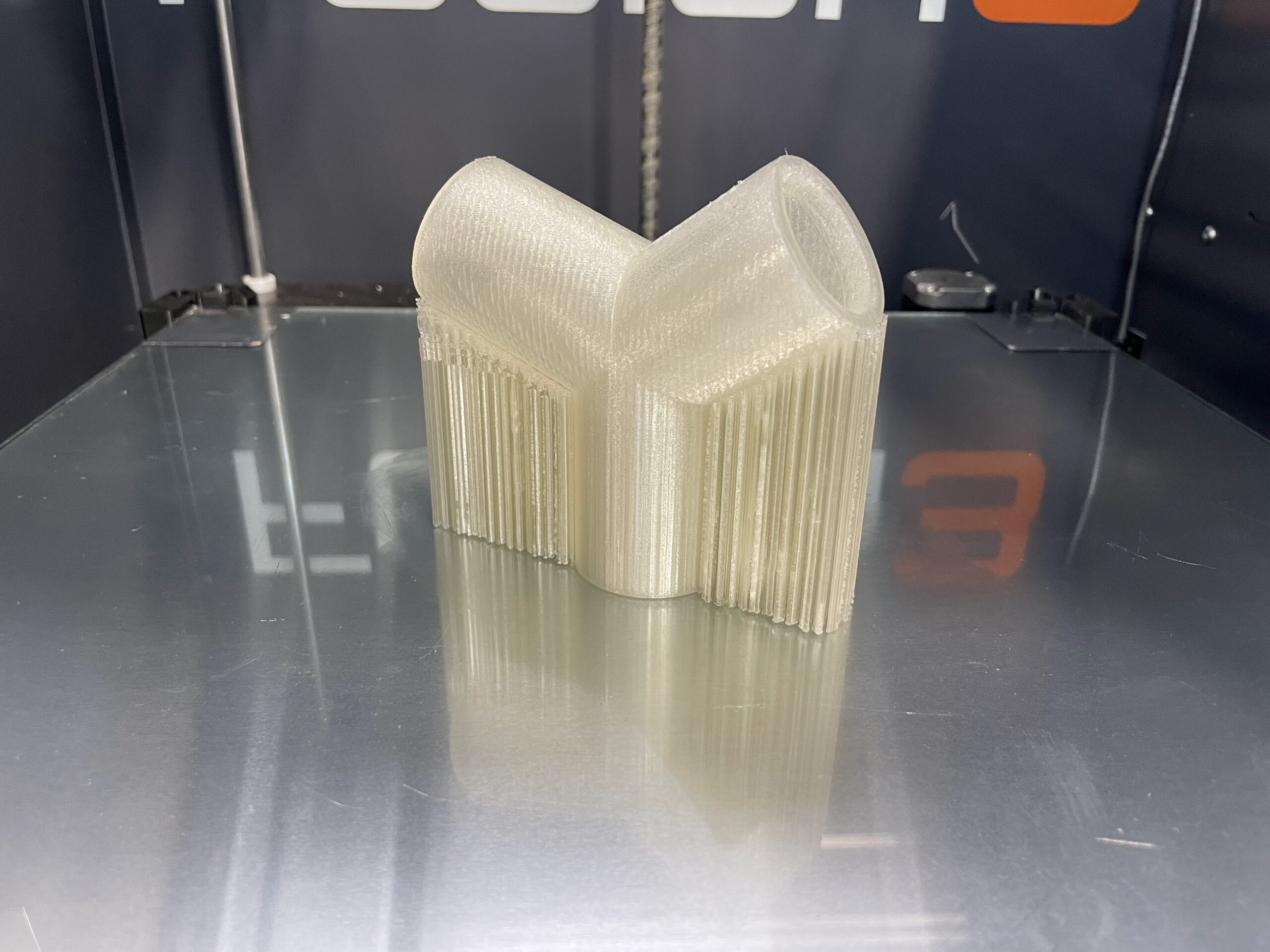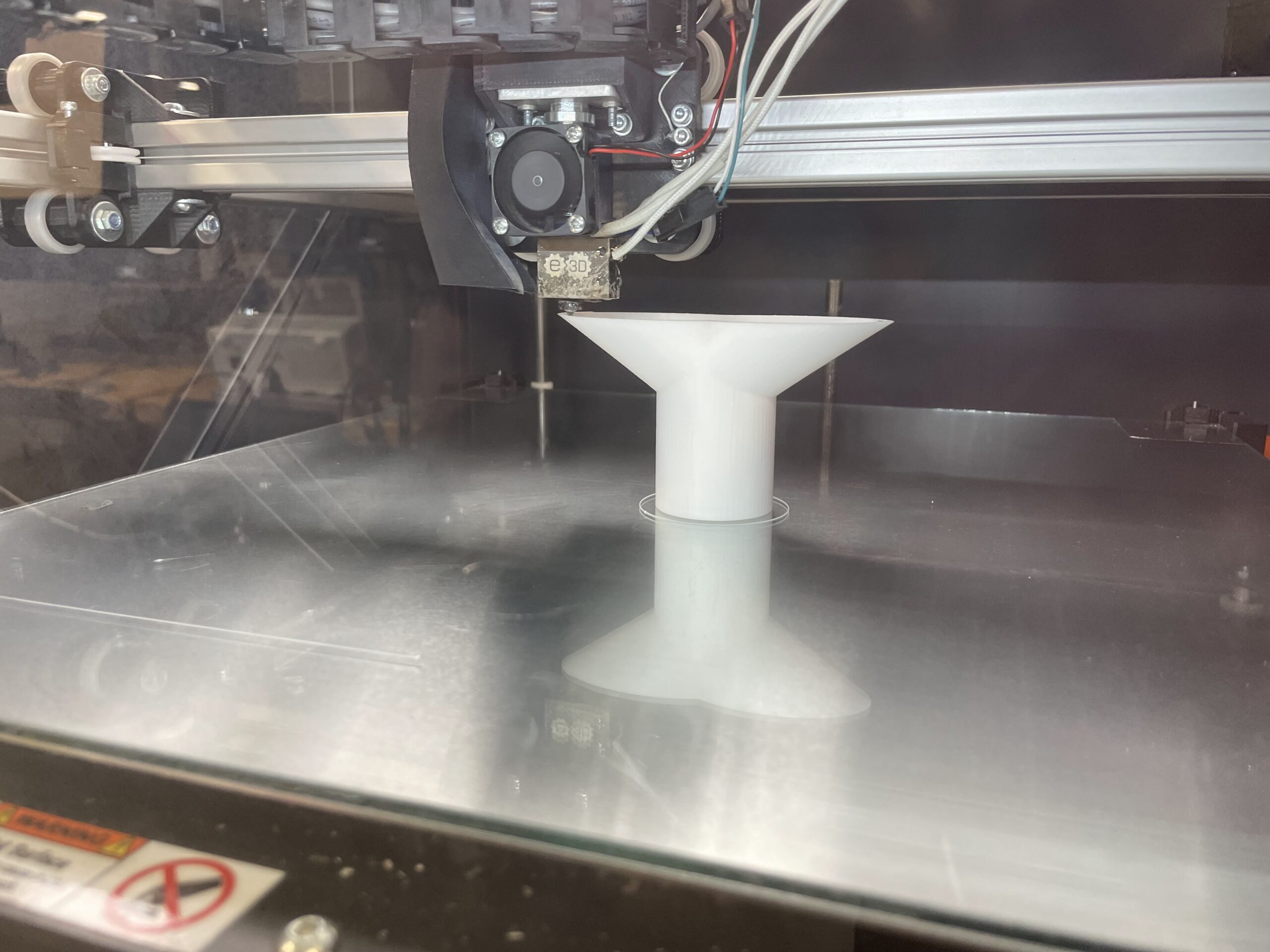I completely forgot to post about the Robotics Club, which Mr. Christy and myself are the moderators. To be fair, Mr. Christy spends much more time with the students, often staying until 8 or 9pm with them during the buildup to a recent contest. This year, the team participated in the MATE ROV competition, which is an underwater rover robot event. The event was at the Massachusetts Maritime Academy on the Cape, and we were there early in the morning. The contest was a little disorganized, and the start time was quite delayed. But that gave our team plenty of time to prepare and organize, since this was our first time at the event. We had two stints in the water with the robot, and the team learned a great deal from the day. Fortunately, we won! Out of the 4 scoring categories, we took 3 of them. We were completely surprised, but very happy for our students.
This means the team will now compete in the international event held in Long Beach, California. Mr. Christy has spent a lot of energy working on corporate sponsorship, and at this time we have raised nearly $20,000 to get the team to California, as well as created ongoing sponsorships for years to come. It’s been a great success, and no matter what happens in Long Beach, the team is going to get better and better each year. Unfortunately, neither myself or Mr. Christy will be able to attend the event in California, so a couple of parent chaperones will go with our team. I’ve posted a few photos below of the team and the rover. Unfortunately, it is very difficult to get any good video of the rover underwater!

